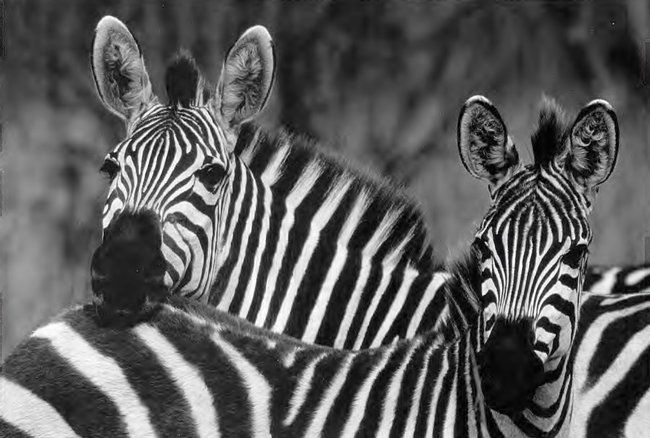I was inspired by Sarah Morran's blog post "Introducing new researchers in the UC Davis Weed Science Group" and decided to look at the other end of the spectrum.
Introducing retired researchers in the UC Davis Weed Science Group
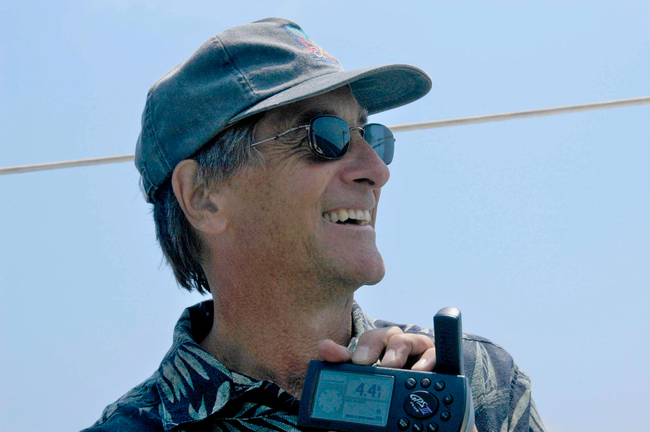
What I did: During my 35-year career with USDA/ARS beginning in Denver in 1976 and then in Davis in 1980, my research was focused on developing better tools to manage aquatic invasive weeds by investigating key characteristics of these species including drivers and physiological controls of growth, reproduction and dispersal. The objective was to use this knowledge and improved understanding to optimize a range of methods including herbicides, mechanical and biological based approaches. My philosophy was to balance research in the laboratory with the reality of field research and the practical limitations of “scaling up” methods to make them feasible. These goals led to interesting and practical work on aquatic weed problems in the US as well as South America, Europe and Australia including important target species such as hydrilla, Eurasian watermilfoil, water hyacinth, curlyleaf pondweed, and South American spongeplant, Some of the most rewarding experiences include the developing data in support of effective aquatic herbicide products, the first identification of hydrilla in South America (Brazil) and the collaborative team-based successful eradication of the marine alga Caulerpa taxifolia between 2000 and 2006. This eradication project underscored the importance and effectiveness of multidisciplinary teams, including inspired and objective regulatory approaches that reflected reasonable science –based balances between “risk and benefits”. In addition to my research, I felt it was essential to communicate the research and science with the public and other stakeholders, water managers as well as state and federal actions agencies. As part of this “outreach” effort, I felt that UCD should provide a formal course on aquatic plant biology and management and so I organized and provided and team-taught course beginning in 1987 and continuing in alternative years. Outside my formal career, I continue to serve on the Board of Explorit Science Center in Davis and support hands-on, STEM programs throughout grade schools in 17 counties around Sacramento.
What I'm doing now: For the past four years, I've continued to assist as a consultant in developing aquatic weed management programs in the U.S., Brazil, and Australia. Locally, I've continued to assist in improving aquatic weed management strategies at Lake Tahoe and the San Joaquin Delta system. I continue to provide outreach through presentations, workshops, public meetings, and multi-agency meetings focused on aquatic site management. Most recently I've been heavily engaged in the development of a new science and nature regional park in Woodland that should be open to the public in 2018 with new programs beginning in 2019. And of course, retirement has also left me with more time to do photograph6y, a bit of sailing, kayaking and hiking–always a joy!
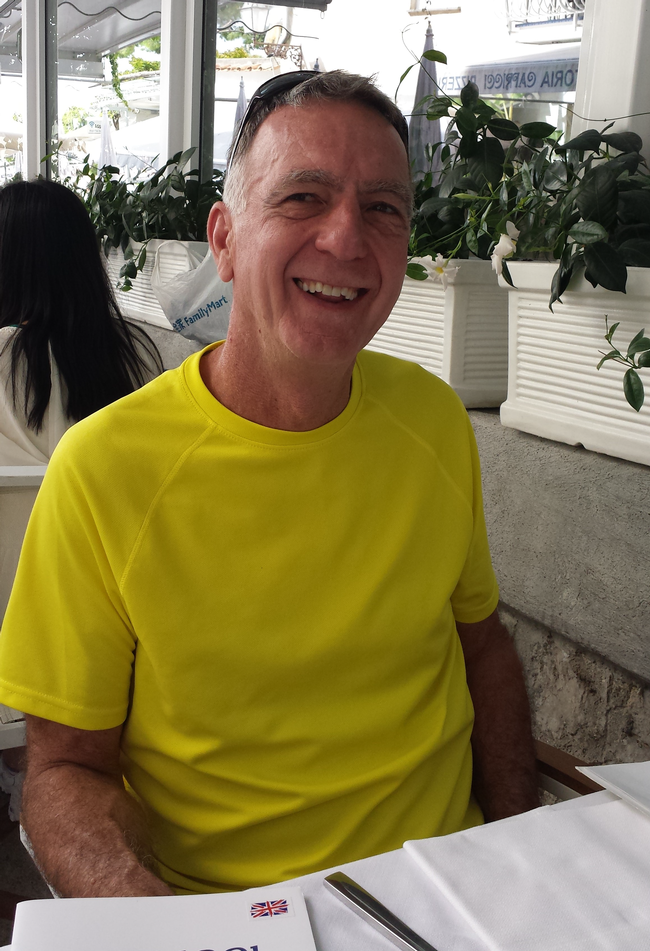
What I did: I received my Ph.D. in Weed Science at UC Davis in 1986 and was on the faculty at Cornell University from 1987 to 1994, where I primarily worked in the area of weed physiology. In 1995, I joined the UC Davis Weed Science Program where I was a Cooperative Extension Weed Specialist and Professor. My research and extension program focused on understanding the biology and ecology on invasive plants in natural areas and using this information to develop more effective, scientifically-based, and cost effect methods for their management. Over my career I published over 140 peer-review manuscripts, authored 39 book chapters, and published four books, including Weeds of the Northeast, Aquatic and Riparian Weeds of the West, Weeds of California and Other Western States, and Weed Control in Natural Areas in the Western United States. I taught two courses at UC Davis and was the major advisor to 22 graduate students (10 Ph.D. and 12 M.S.) Within my extension program, I gave over 900 presentations since 1995 and served as the President of three professional societies, including the Western Society of Weed Science (WSWS), California Invasive Plant Council (Cal-IPC), and the Weed Science Society of America (WSSA). I was the first editor of the new WSSA journal entitled Invasive Plant Science and Management. I was the Director of the Weed Research and Information Center in the University of California, and served for eight years on the National Invasive Species Advisory Committee and five years on the California Invasive Species Advisory Committee. In my last year, I served as the Interim Chair of the Department of Plant Sciences at UC Davis.
What I'm doing now: Since my retirement in June, 2017, I has started a new business called Do Italy…Your Way, where I advise potential travelers on the best places to visit and things to do in Italy. I travel quite a bit and enjoy reading on the history of the Renaissance and the Roman Empire. I'm also learning to speak Italian and play more golf.
Clyde Elmore
What I did: My position in Cooperative Extension—Weed Science is interesting to discuss. As one of the specialists in Weed Science stationed at UC Davis, I picked up the areas not claimed by other specialists in the field. These areas included weed management in orchards and vineyards in the northern part of the state, and field and container grown ornamentals, landscapes and turf grass though out the state. My research was conducted in cooperation with Farm Advisors in the counties where the problems, local needs and interest occurred or on University Field Stations. The research process was a major teaching tool for Farm Advisors and agricultural clientele. The information generated was also used to develop publications for information disseminated to the agricultural community and the general public.
What I'm doing now: After retirement I have continued my interest in new Weed Science information and research. It is always interesting to recognize the “new” research that has been tried in the past, but was not accepted as a mainstream use practice. The idea was good but it still needs work to make it a usable method. Now in retirement, I am free to focus on wildlife photography and travel to locations to photograph mammals, birds and landscapes. This has given me the opportunity to work with many people with very different interests and activities in the field. It has been a truly working experience to learn and see the particular characteristics and habits of wild animals. I have also had the opportunity to travel to areas to observe major populations of wildlife in North America, Southern Africa, Central America and India.
Clyde's photo exhibit "The Great Outdoors" is currently showing at the Buehler Alumni Center (UC Davis) from July 3-Aug. 29, 2018. If you're on campus, be sure to stop by the Alumni Center.
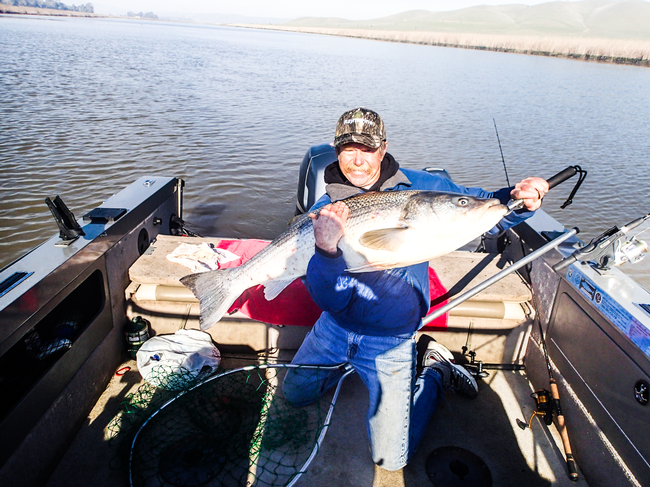
What I did: I completed my Ph.D. program at UC Davis under the supervision of Steve Radosevich, working on forest weeds. I was fortunate to be selected for an Agronomist/Weed Specialist at the Pennsylvania State University. All I knew about Penn State was football. I was lucky in that many of my interview questions were about football. I knew nothing about the crops or the options available but several seasoned colleagues got me started and helped me immensely during my three years at Penn State.
When the advertisement came for my eventual position at UC Davis, my department chair at Penn State wrote a note telling me not to apply. He and I were on the department bowling team—maybe he was worried about losing the anchor man. Regardless, I had thought the UC Davis search committee remembered me as a student and would laugh at my application. Well, they did, but they hired me anyway and in January 1986, I began my career as an Extension Weed Ecologist. To my knowledge, I was the first in the U.S. with that title. I wasn't certain what that title meant but decided one goal was to reduce pesticide use. I was also transitioning from agronomic crops, which I had just learned, to vegetable crops. Once again, I knew nothing. But I'm lucky; again my seasoned colleagues stepped up with resources and ideas to help me get started and were behind me during my entire career. Some of the weed control methods that we examined included subsurface drip irrigation, crop inter seeding, propane flaming, use of geese, use of microbes, cover crops, organic herbicides, weed mapping, and precision herbicide application to name a few. Another important area of research was herbicide injury on crops. Clyde Elmore suggested I do this for Weed Day my first year. He sparked my interest in this area and an herbicide injury demonstration was included in every Weed Day after that (continued by Brad Hanson). I was lucky to be surrounded by outstanding colleagues who inspired and encouraged me. They put the emphasis on “Cooperative”.
What I'm doing now: In 2013, I retired. Initially, I thought I would be bored during retirement—how will I fill all that time. Well, annual fishing trips to Alaska and the Florida Keys are much longer now. My twin daughters have kept me busy between trips repairing air conditioners, water heaters, car engines, building sheds, etc. (YouTube has everything). Fishing is still my passion and I've been lucky enough to encounter some epic fish. I'm also lucky to live close to my three (almost four) grandkids. Life is good.
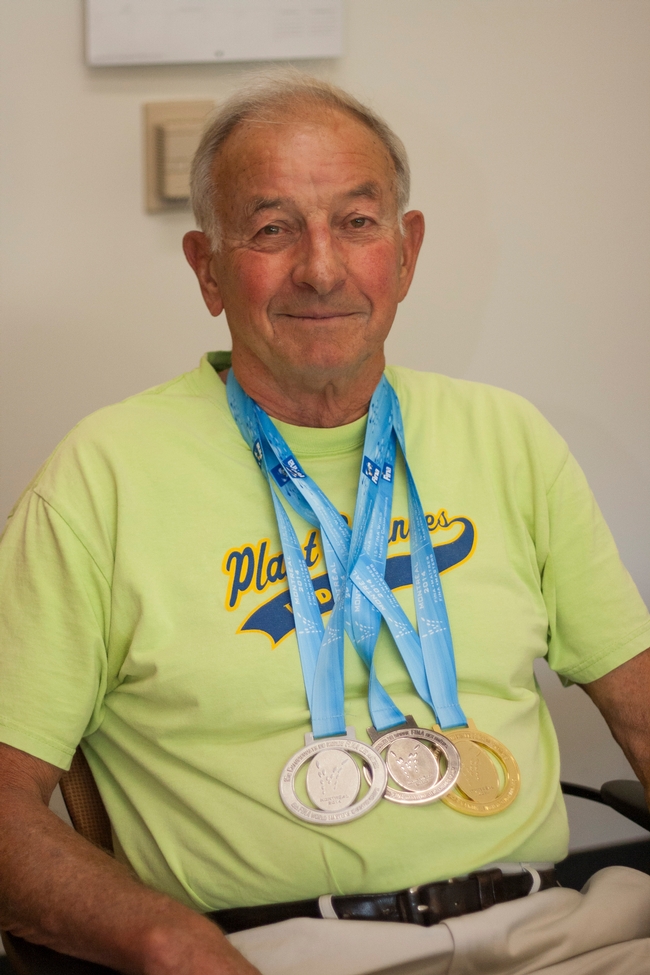
What I did: Robert is a retired weed scientist from the UC Davis. He received his B.S. in Horticultural Botany from Reading University in England, and his Ph.D. in Crop Ecology from the University of Alberta in Edmonton, Alberta, Canada. He has a life-long interest in plant taxonomy and specialized in weeds during his academic career. He's a Fellow of the Weed Science Society of America (WSSA.) He's now a serious amateur photographer using Nikon photographic equipment. Robert has traveled all over the world and has photographed plants in Europe, Africa, Australia, New Zealand, Peru, and Vietnam in addition to the U.S. and Canada.
What I'm doing now: Currently, Robert has two award-winning photos showing at the California State Fair (July 13-29, 2018). One photo is a close-up of field bindweed flowers and placed 3rd in the ‘Flora' division of the photography competition. His other photo is a macro photograph of the anther/stigma column of a weedy mallow in England and won 1st place in the ‘macro' division. If you visit the 2018 California State Fair, be sure to stop by the photo exhibit and check out Robert's photos.
